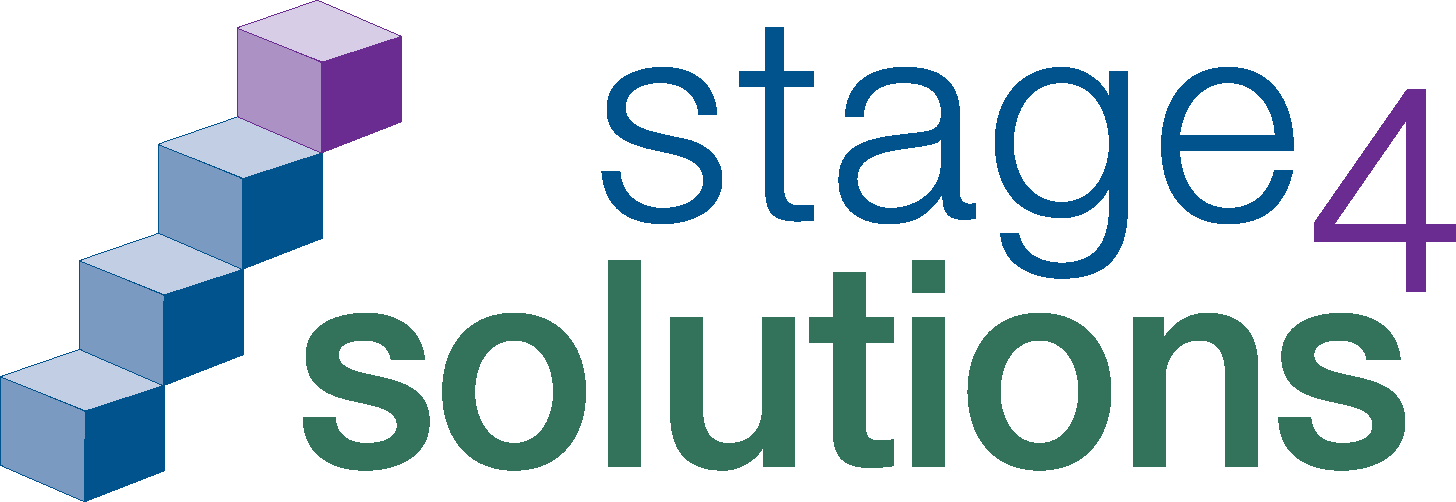2023 Job Market: Year-End Overview
- December 11, 2023
- Posted by: Stage 4 Solutions
- Category: Blog

The U.S. job market has experienced both triumphs and challenges in 2023. As we approach a new year, we wanted to analyze the job market to understand the dynamics that have shaped this year and anticipate what lies ahead.
Although workers have experienced a decrease in both confidence and negotiation power compared to previous years, the 2023 labor market has remained relatively robust and the economy started recovering. The recently released November 2023 Employment Situation report from the U.S. Bureau of Labor Statistics revealed a monthly increase of 199,000 in nonfarm payrolls, surpassing the October gain of 150,000 and a decrease in the unemployment rate from 3.9% in October to 3.7% in November. Moreover, the employment-population ratio experienced a 0.3% increase, reaching 60.5% in November compared to 60.2% in October.
The current state of the job market reflects stability rather than robust growth, according to economists analyzing various metrics such as job openings, quits, layoffs, and the unemployment rate. Daniel Zhao, lead economist at Glassdoor, describes the situation as “softer but steady,” emphasizing that when viewed collectively, the metrics point to a labor market that remains in a relatively stable state. The quits rate remained at 2.3% in August, the same as in February 2020. The hiring rate, though slightly below its pre-pandemic level, is comparable to February 2020. Layoffs are still 15% lower than pre-Covid-19 levels, and job openings are 37% higher, based on data from the U.S. Department of Labor. Despite not reaching the peaks we have seen in 2021 and 2022, these metrics collectively paint a picture of a resilient and stable job market.
The balance between employer demand and labor supply has largely normalized, though certain industries and demographic groups still face tightness. Several industries have played a pivotal role in shaping the job market throughout 2023. Although layoffs dominated the headlines for the high-tech industry for several months, sectors such as healthcare, government, and construction have continued to expand employment opportunities. The job market continues to be competitive for high on-demand positions such as Artificial Intelligence Engineer, Marketer, Dietary Aide, Registered Nurse, Nursing Manager, and Software Developer according to LinkedIn’s data. Similarly, in our work, we continue to navigate a job market that has cooled in some verticals, coupled with an extremely competitive landscape across different roles and verticals.
The third quarter saw a 4.9% surge in U.S. economic growth, fueled by strong consumer spending, the fastest recorded GDP expansion since the final quarter of 2022. Despite persistent inflation and increased interest rates, the economy continues its upward trajectory.
Wages are gradually catching up with inflation, surpassing it since May 2023. According to data from the Bureau of Labor Statistics, as of the second quarter of 2023, prices have surged by 15.8% since the beginning of 2021, while wages have risen by 12.8%. This is a promising trend for workers within a surprisingly resilient job market, as inflation slows down. As lost pay is minimal, workers have started to gain a heightened sense of confidence in their bargaining power compared to earlier in the year and are increasing job search activity. However, a disparity between household purchasing power and inflation persists. Based on the current trajectory, workers’ wages are not expected to fully recover their lost purchasing power until sometime in the fourth quarter of 2024, according to Bankrate’s Inflation To Wage Index.
Structural Factors such as an aging population, declining birth rates, and potential political resistance to immigration have emerged as potential contributors to sustained labor market tightness and are expected to continue to influence the balance between labor supply and demand in the coming years.
The conclusion of 2023 marks a moment for reflection on the intricacies of the job market’s performance throughout the year. While challenges persist, the overall resilience of the economy and strategic industry growth provides a foundation for cautious optimism. Economic expansion is anticipated to continue in 2024 with occasional fluctuations.
Regardless of the status of the job market, we recognize that having the right talent in the right positions is crucial for an organization’s success. Since our founding in 2001, we have worked with over 125 organizations across multiple verticals to fill gaps with well-qualified contractors. We look forward to continuing to work with our valued clients to help them achieve business goals in 2024 and beyond.

